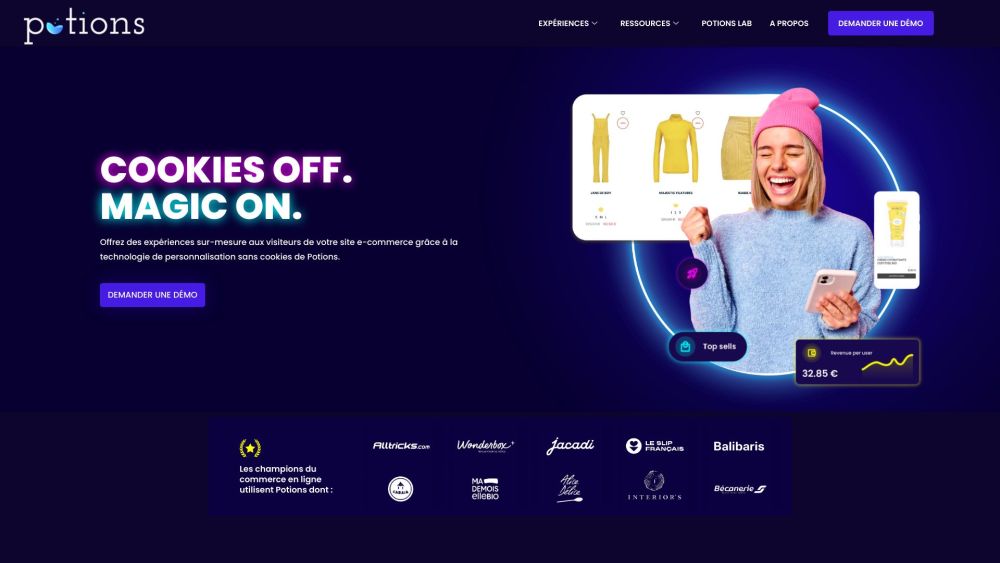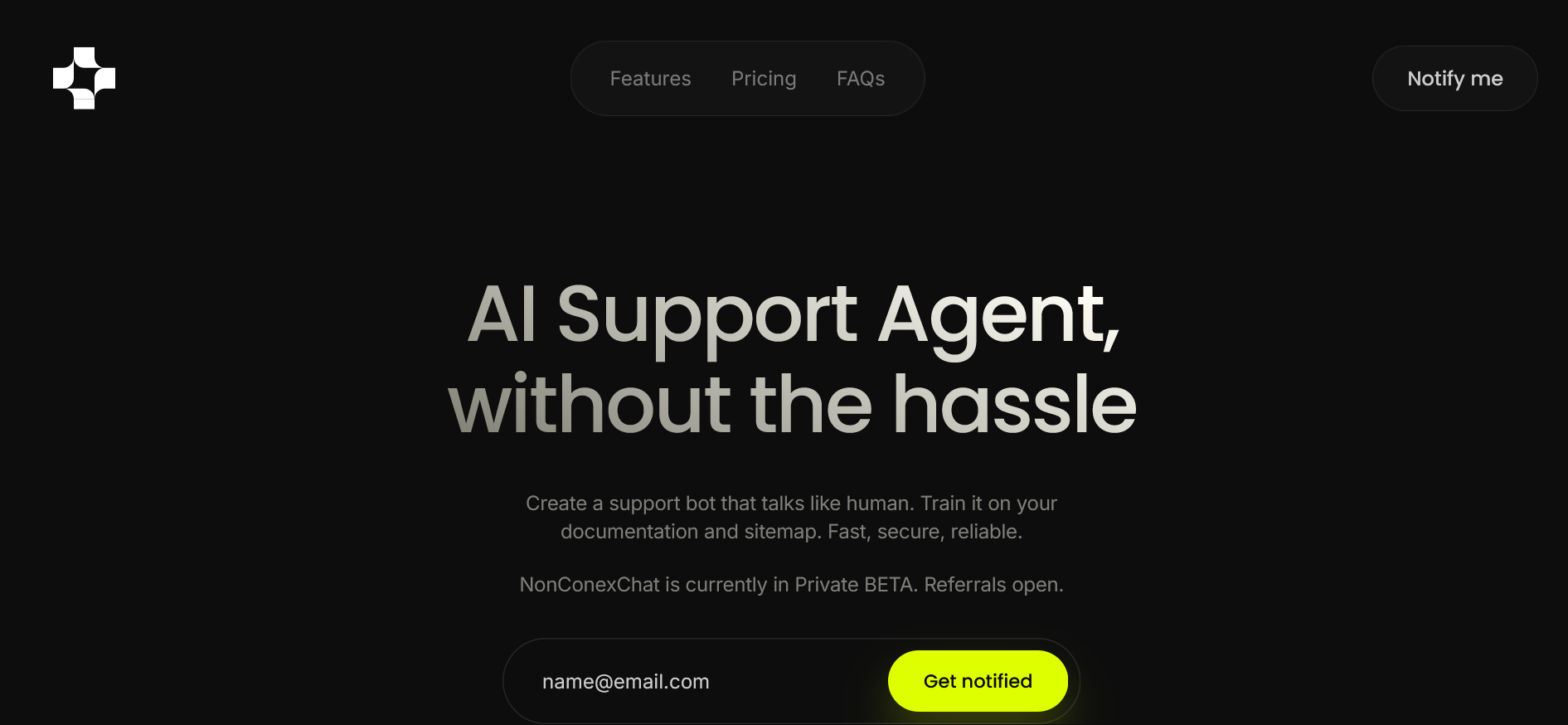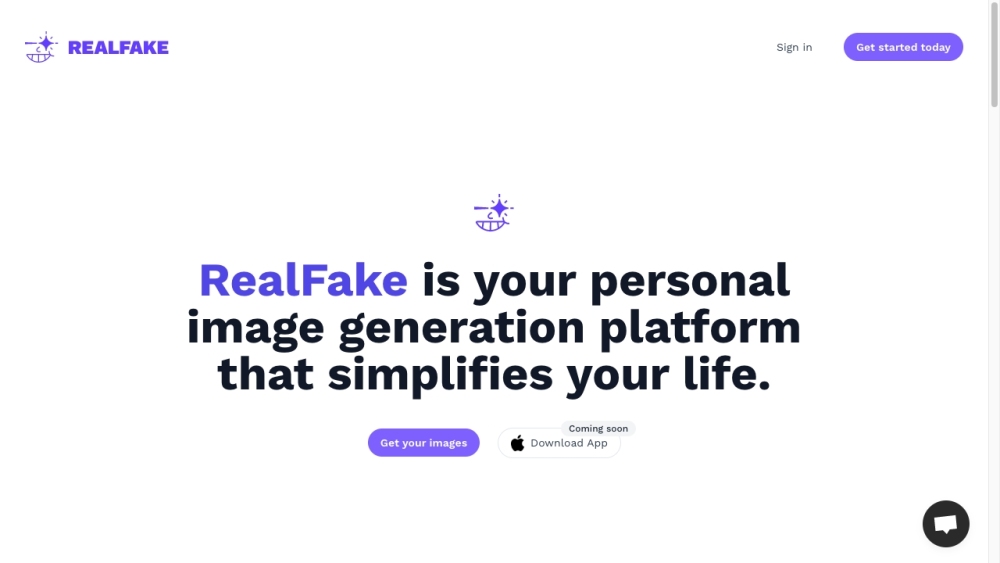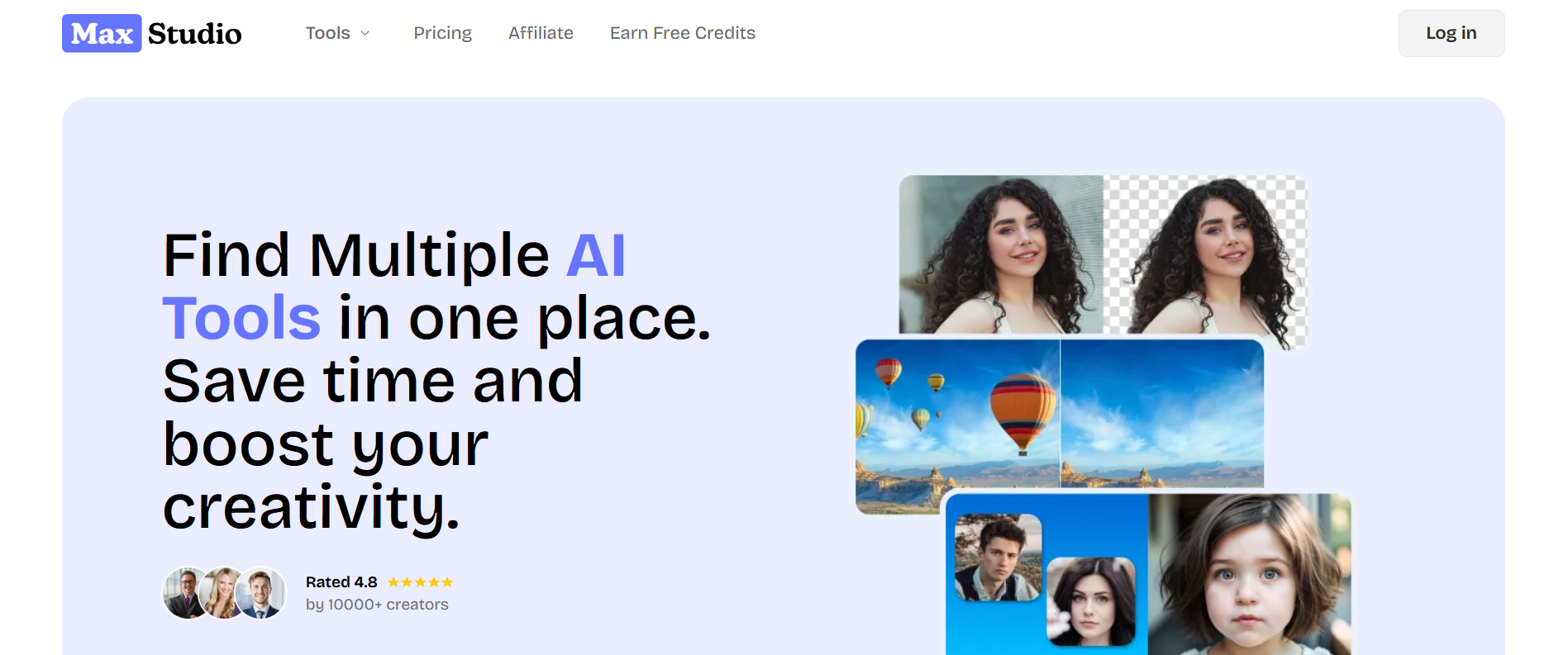In the latter half of 2022, high-performance AI art tools such as Midjourney, Stable Diffusion, and NovelAI emerged, highlighting the transformative potential of artificial intelligence in the consumer space. This development ignited global conversations among artists and photographers regarding AI's role in their disciplines. A growing consensus has emerged: AI functions mainly as a supportive tool, enhancing rather than replacing human creativity.
Recent findings from Stock Performer reveal a significant trend with implications for artists and photographers. AI-generated images are now generating higher revenue on Adobe Stock than those created by humans. Adobe Stock, a leading royalty-free image library, hosts millions of professional visuals and has officially accepted AI-generated content amid ongoing debates over AI copyright.
Adobe Stock has implemented strict guidelines for AI image submissions, mandating compliance with usage terms and ensuring that users possess commercial rights to the generated material. Submissions must not include real locations, recognizable third-party assets (like logos), or identifiable individuals without proper authorization. Furthermore, users must explicitly state in the title that the content is created using “generative AI” or “AI.”
According to Stock Performer’s analysis of Adobe Stock data from 2022 onwards, each download of AI-generated works yields 1.59 times more revenue per download (RPD) than non-AI works. Additionally, the average monthly revenue per image (RPI/m) for AI-generated images is 4.5 times greater than for traditional images, demonstrating that AI-generated content effectively meets user demands. This suggests a significant underestimation of AI technology's rapid advancements.
Tools like Midjourney and Stable Diffusion initially required considerable fine-tuning to produce satisfactory images, often leading to frustration with inadequate keyword results. However, the recent introduction of the "ControlNet" AI art plugin has streamlined this process. Users can now input a reference image, allowing AI to base new creations on it. Challenges like accurately portraying human hands have now been resolved.
While some may worry that AI-generated content (AIGC) could replace human artists, the real issue lies in “bad money driving out good” — where lower-quality AI outputs compete with skilled human creations. Artists and photographers retain their value due to their unique skills. Still, tools like Stable Diffusion and DALL-E enable users to easily communicate their needs to AI, which can generate corresponding images.
Despite the limitations of AIGC, repeated attempts can lead to acceptable results. However, the availability of affordable AI offerings diminishes the bargaining power of human artists, illustrating a paradox where clients' ignorance can undermine service providers' negotiating strength.
As a result, AI has become an accessible alternative for certain clients, altering the industry landscape and signaling reduced income potential for professionals. The perceived "death" of artistic professions due to AI isn't about AI achieving high levels of competency; it's about the cost-effectiveness of AI surpassing that of lower-tier professionals. This shift forces mid-tier workers to adjust to lower pricing as AI consistently offers a more economical solution.
The impact of AI on art and photography is gradual, reminiscent of how short videos disrupted conventional text-based content. This ongoing transformation fuels discussions about the future and sustainability of creative professions in an AI-driven landscape.




